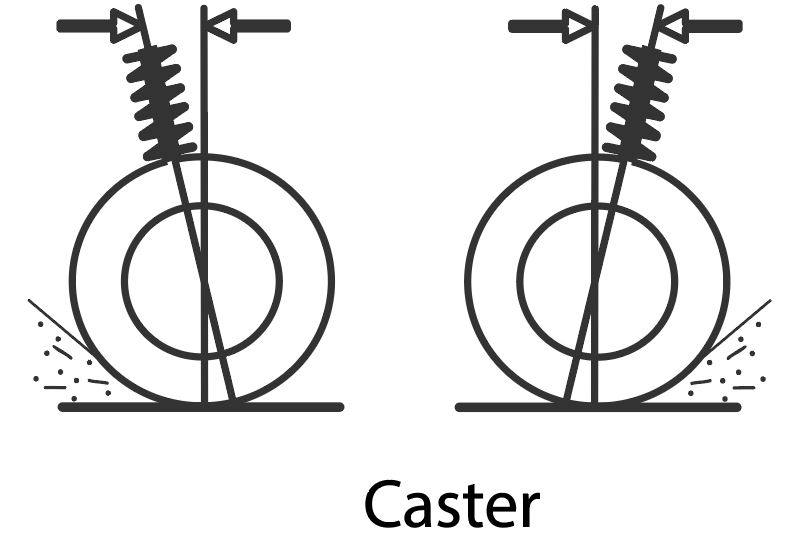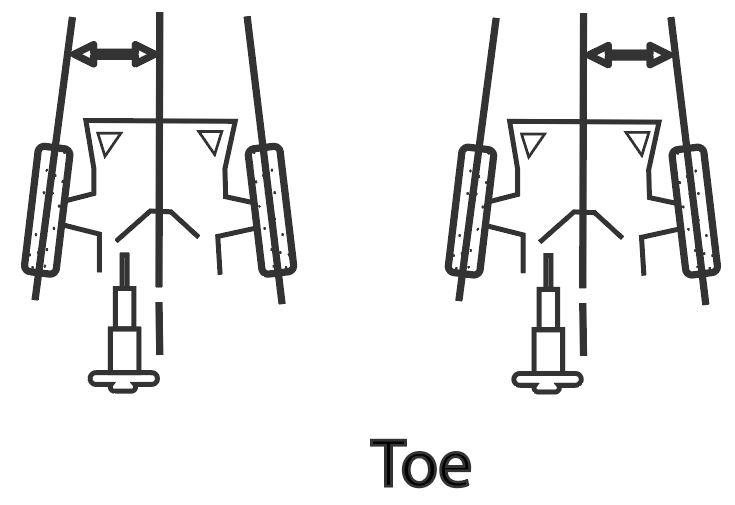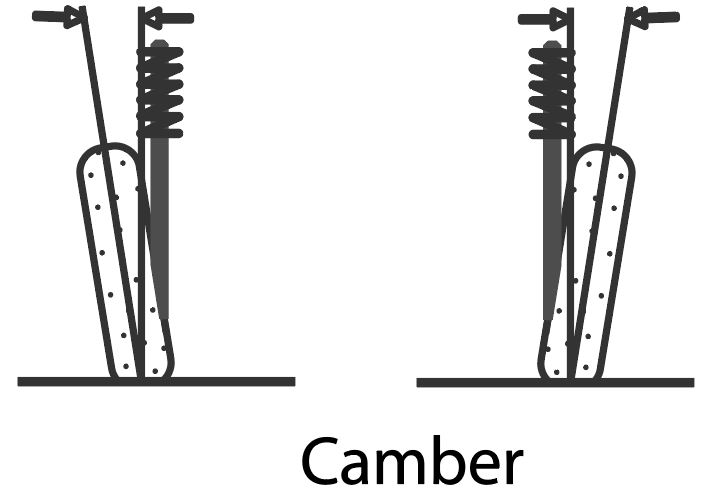Wheel Alignment: Unveiling the Secrets for a Smooth Ride!
When it comes to nailing proper vehicle handling and maximizing tire lifespan, wheel alignment takes center stage. But what exactly does it entail? Wheel alignment refers to the precise adjustment of the angles at which your wheels make contact with the pavement. This adjustment ensures that all four wheels are cruising parallel to each other and standing perpendicular to the ground.
Cracking the Wheel Alignment Code: Back to Basics
To achieve this alignment nirvana, three key factors come into play: camber, toe, and caster. Camber deals with the vertical tilt of the wheels, while toe focuses on the inward or outward angle at which the tires point. As for caster, it’s all about the positioning of the steering axis, be it forward or backward. These alignment elements must be in harmony to guarantee proper weight distribution, steadfast steering, and optimum tire-road contact.



A Stellar Alignment
A rock-solid wheel alignment doesn’t just deliver smooth handling—it comes with a bundle of perks that go beyond the asphalt. Firstly, it contributes to improved fuel efficiency by minimizing rolling resistance and dodging unnecessary drag. Secondly, it pampers your tires, granting them extended longevity by promoting even tread wear and warding off premature deterioration. And lastly, a finely aligned vehicle enhances overall performance, ensuring a cushy and blissful driving experience.
Spotting Alignment Woes: Unmask the Red Flags
As you embark on your vehicular adventures, it’s crucial to be on the lookout for signs that your wheels may be suffering from alignment afflictions. These telltale indicators can help you catch alignment issues before they morph into major headaches. Keep your peepers peeled for the following signs:
- Tire Wear: Misaligned wheels can wreak havoc on your tires, causing uneven wear patterns. Keep an eye out for feathering, cupping, or bald spots on the tire tread—those are clear red flags of misalignment mischief.
- The Drift: If your trusty ride has a tendency to veer or pull to one side without your consent, it’s a surefire sign of wheel misalignment. The fact that your wheels aren’t playing nice and parallel is causing your vehicle to crave a new lane.
- Shaking It Up: A steering wheel that likes to shimmy or shake, especially at higher speeds, could be hinting at alignment troubles. Misaligned wheels can cause your steering wheel to put on a vibrating spectacle due to inconsistent tire contact with the road surface.
- The Crooked Conundrum: Take a glance at your steering wheel while cruising on a straight, level road. If it’s sitting off-center or tilting to one side, misaligned wheels may be the culprits behind this skewed scenario.
These signs of a bad wheel alignment can have various origins, ranging from encounters with potholes or curbs to traversing rough terrains or simply wear and tear over time. Misaligned wheels can give rise to a plethora of issues beyond steering and tires. They can strain suspension components, impact your ride’s stability and handling, and even lower your fuel efficiency.
Maintain the Alignment!
Regular wheel alignments are non-negotiable. It’s highly recommended to schedule an alignment check every 10,000 kilometers or as per your vehicle manufacturer’s guidance. However, keep in mind that certain factors like encounters with potholes, curbs, or the daily grind of driving may call for more frequent alignments.
Keep an eye on your tire pressure as well because overinflated or underinflated tires can throw your alignment out of whack.
Oh, and we get it—rough roads can be tempting, but try to avoid them whenever possible. Your wheels will thank you for the smoother, alignment-friendly ride.
So, stay aligned, stay joyful, and let’s cruise together on the smoothest roads of alignment brilliance!

